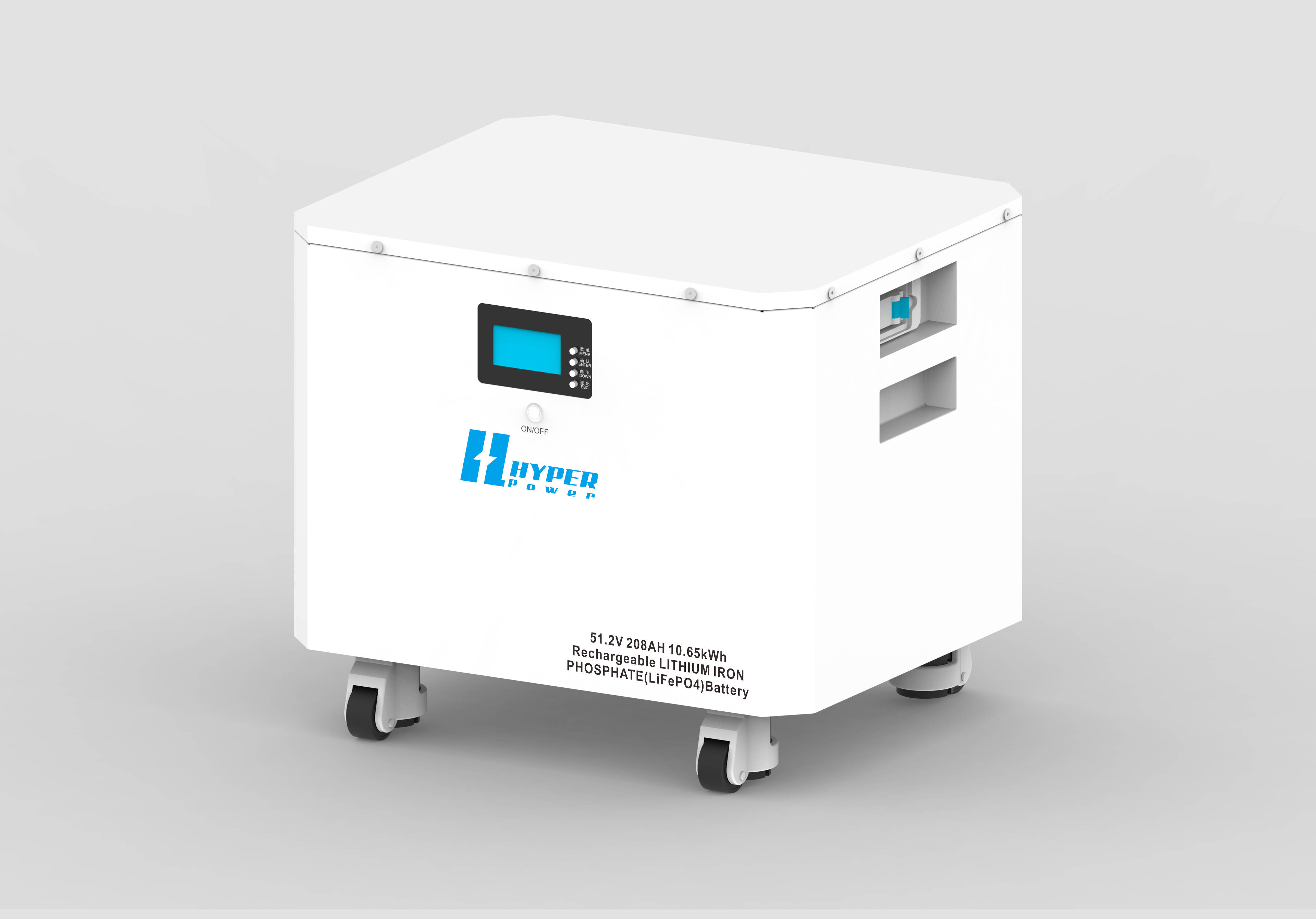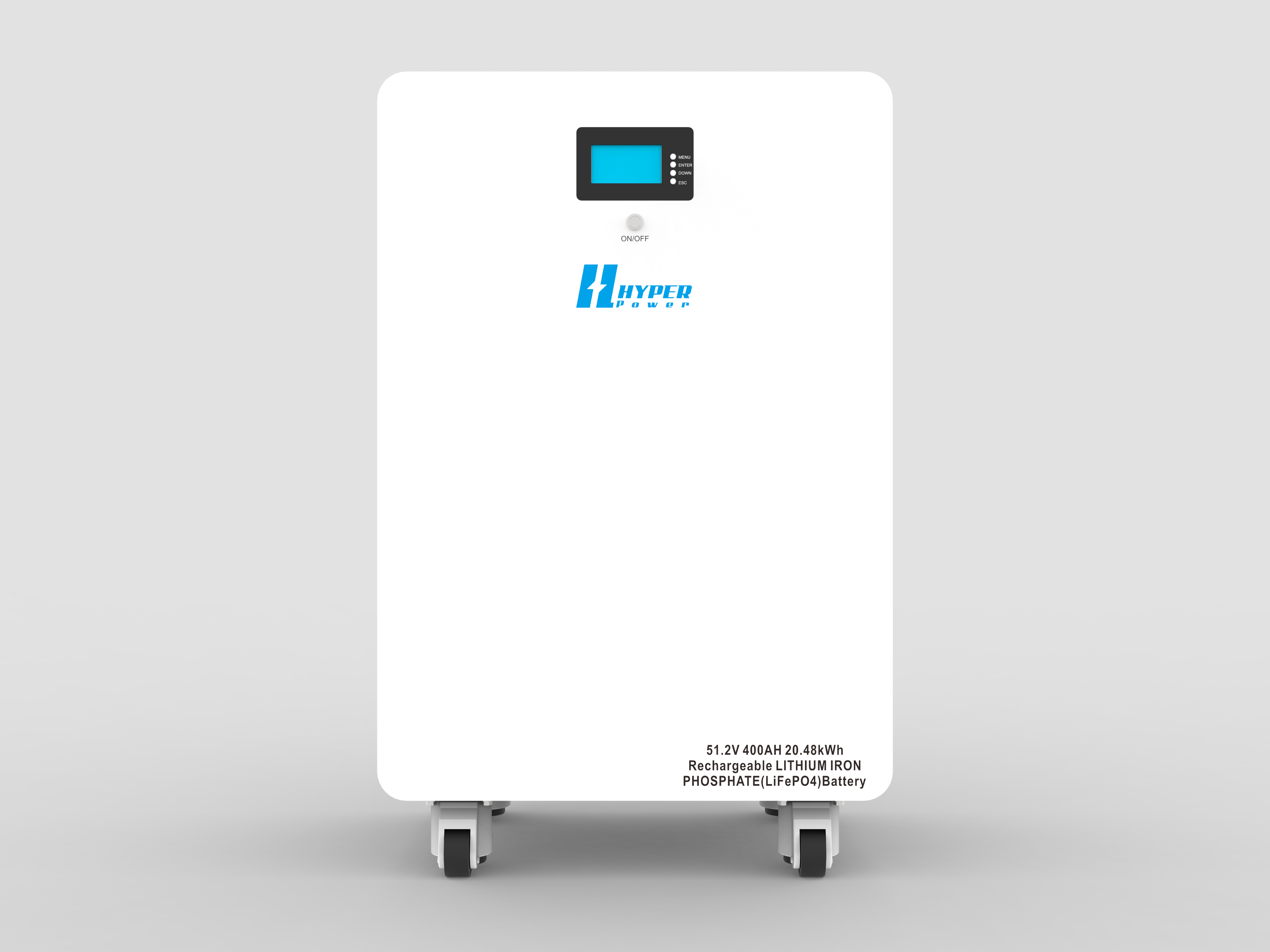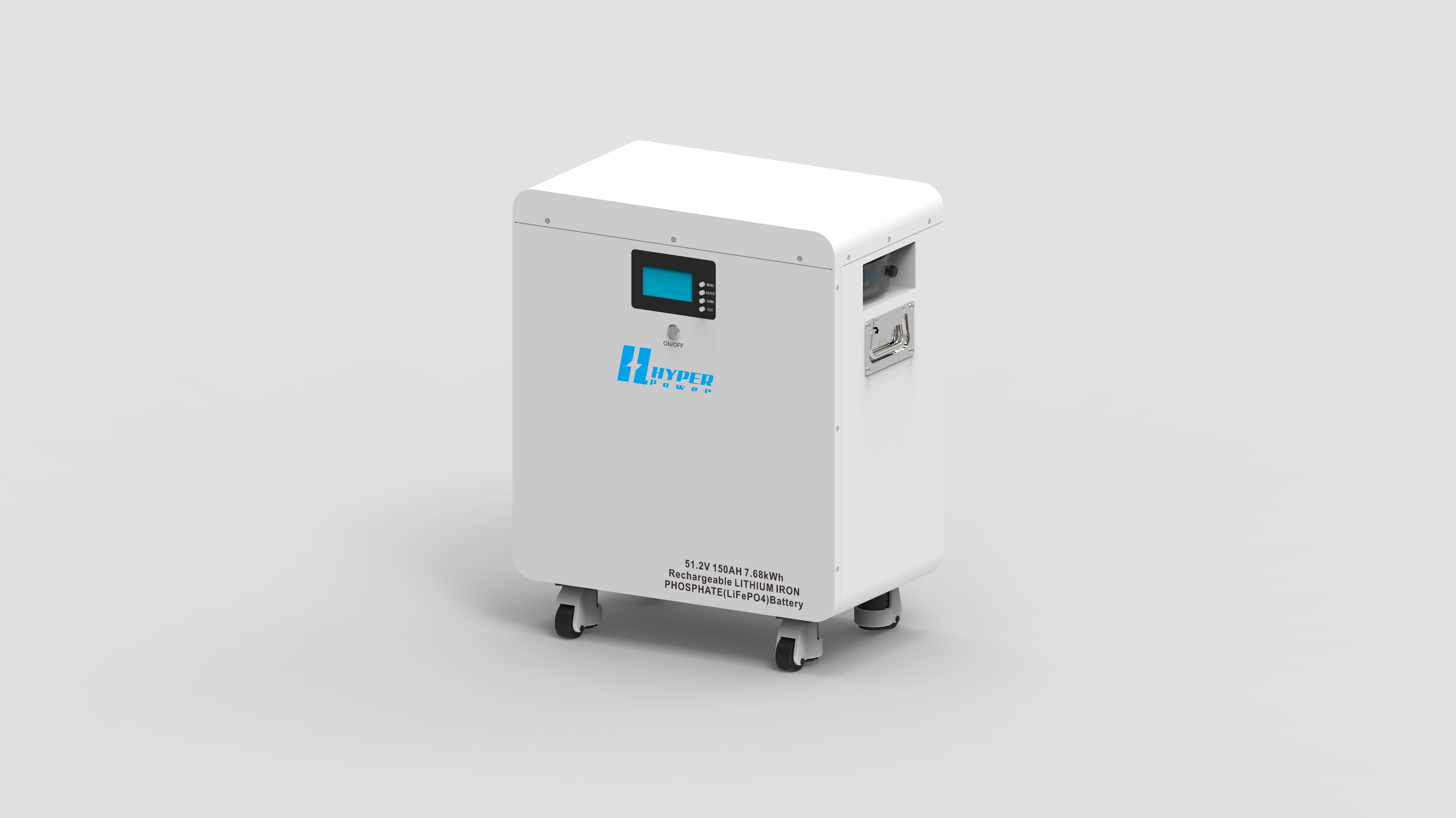
Renewable Energy Integration
Integrating renewable energy sources like solar and wind into our power grids has long been a challenge, mainly due to their intermittent nature. But guess what? Energy storage lithium batteries are changing the game, making renewable energy more reliable, accessible, and efficient. In this blog, we’ll dive into how these batteries work, why they’re so crucial for renewable energy integration, and what the future holds for this technology.

What Makes Lithium Batteries Ideal for Energy Storage?
Lithium-ion batteries are nothing new, right? They’ve powered our smartphones, laptops, and even electric vehicles for years. But their role in renewable energy is perhaps the most exciting chapter in their story yet. Why are they so ideal for energy storage?
-
High Energy Density:Lithium batteries pack a punch when it comes to storing energy. This means they can store more energy in a smaller space compared to other battery types.
-
Efficiency:These batteries boast a high round-trip efficiency—meaning the energy you put in and get out is more consistent than with many other storage options.
-
Longer Lifespan:They’re built to last, offering thousands of charge-discharge cycles, which is crucial when you’re dealing with fluctuating renewable energy inputs.
-
Scalability:Whether you’re looking to power a home or a large-scale solar farm, lithium batteries can be scaled to meet your needs.
The Role of Lithium Batteries in Renewable Energy Integration
Now, let’s get to the heart of the matter—how exactly do lithium batteries facilitate the integration of renewable energy into our power grids?
1. Bridging the Gap Between Supply and Demand
Renewable energy sources like solar and wind are fantastic, but they’re also unpredictable. The sun doesn’t always shine, and the wind doesn’t always blow, which leads to periods of surplus energy and times of scarcity. Lithium batteries step in as the middleman, storing excess energy during peak production times and releasing it when production is low. This balancing act ensures a steady energy supply, which is essential for keeping the lights on without relying on fossil fuels.
2. Enhancing Grid Stability
A stable power grid is vital for preventing blackouts and ensuring the smooth operation of our daily lives. Lithium batteries contribute to grid stability by providing quick-response energy storage that can be dispatched almost instantaneously. This capability is particularly useful in regions where renewable energy penetration is high, as it helps to mitigate the risk of frequency fluctuations and other grid disturbances.
3. Facilitating Off-Grid Renewable Systems
In remote areas or regions with unreliable grid access, off-grid renewable energy systems are often the best solution. Lithium batteries make these systems more viable by storing the energy generated from renewable sources and providing a reliable power supply even when the grid isn’t an option. This application is especially crucial in developing countries where energy access remains a significant challenge.
Real-World Applications of Lithium Batteries in Renewable Energy
To give you a better picture, let’s explore some real-world examples where lithium batteries are making a big impact:
-
Tesla’s Powerwall and Powerpack:These systems are designed to store energy for residential and commercial use, respectively. They allow homeowners and businesses to maximize their use of renewable energy, reduce reliance on the grid, and even go off-grid if they choose.
-
Hornsdale Power Reserve in Australia:Dubbed the world’s largest lithium-ion battery, this project helps stabilize the grid and store excess energy generated by wind farms. It’s a prime example of how large-scale lithium battery systems can revolutionize energy storage on a national level.
-
California’s Energy Storage Initiatives:California, a leader in renewable energy adoption, has invested heavily in lithium battery storage to ensure that its solar and wind energy can be effectively integrated into the grid. The state’s various storage projects demonstrate the scalability of lithium batteries and their critical role in achieving a sustainable energy future.
The Future of Lithium Batteries in Renewable Energy
Looking ahead, the role of lithium batteries in renewable energy integration is only expected to grow. With advancements in battery technology, we can anticipate even higher energy densities, longer lifespans, and lower costs, making them an even more attractive option for energy storage. Furthermore, the push for a greener, more sustainable future is likely to accelerate the adoption of lithium batteries in both residential and commercial applications.
FAQs
1. Why are lithium batteries preferred for energy storage?
Lithium batteries are favored due to their high energy density, efficiency, longer lifespan, and scalability, making them ideal for both small-scale and large-scale energy storage needs.
2. How do lithium batteries support renewable energy integration?
They store excess energy generated during peak production times and release it when production is low, helping to balance supply and demand, enhance grid stability, and enable off-grid systems.



